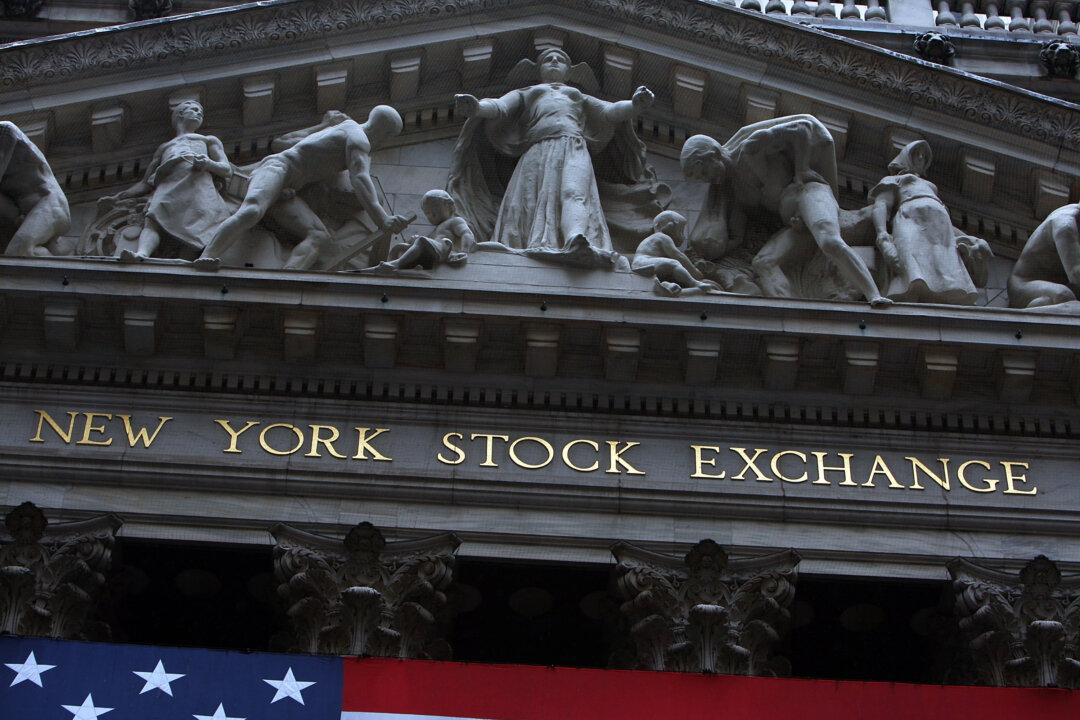What investor doesn’t like to receive a dividend on their investments? It’s what many market participants search for. It represents a return on your invested capital. Countless articles have been written on the subject, which is a cornerstone in the investment objectives of many investors and mutual funds. While I’m certainly not arguing with those who may use dividend considerations as a partial basis in their stock selection, I hope they’re not overemphasizing this investment aspect at the expense of the far more important disciplines of capital preservation and risk management. They deserve the front-row seats in that regard; dividend considerations may be in the mezzanine or the bleachers.
For instance, I’m bothered by the fact that some investors are more concerned with the dividend payments they receive on a particular equity than with the hard-earned capital that they’re investing in those shares to achieve that yield in the first place. They’re putting “the cart before the horse,” so to speak. The latter is a far more important consideration.
Look at it like this: A $25,000 investment in a stock that is currently yielding 4 percent will earn you $1,000 annually. Is anyone going to tell me that if your $25,000 starts to evaporate that you’re going to hold on to it solely because of the far smaller $1,000 yearly payout being received? What good does it do, for example, to get an attractive yield on a particular stock during a primary bear market if the stock in question loses a third, half, or more of its value? If the stock fails to rebound smartly in such a case, not only could it take many years to recoup your original investment based on maintenance of the dividend payments alone, but more troubling still is the fact that the nasty decline in the stock price could be signaling trouble in the underlying company—and possibly that the dividend is in jeopardy. Look no further than recent market history to see some examples. I cringe when I hear someone who’s losing money in a particular stock use its dividend yield as the key or sole reason to hold a poorly performing issue with a needy chart pattern. It’s like remaining in a deteriorating relationship by focusing on a single aspect of a person who otherwise lacks the characteristics you desire in a mate. Don’t be distracted by emphasizing singular traits relative to the more important larger issues—in these cases the underlying investment and the overall relationship.
Think about this: did the seemingly generous yields in many well-known banking and financial stocks during the period that has come to be known as the “subprime mortgage crisis” provide any price support whatsoever for most of their respective shares during the 2007–2009 bear market? As it turned out, selling shares in many of these well-known banking names when their yields seemed attractive was actually the better market move. What about the rout in energy-related indices from their respective 2014 peaks? And dividend cuts in a number of those related names? It’s a scary sight. Take no comfort in thinking that simply because you hold shares in some well-regarded corporate names with above average yields you’ll be better protected in a market slide.
I learned that lesson in the early 1970s, when the relatively higher yielding Dow Jones Utility Average fell 53 percent from its November 1972 peak through its September 1974 trough while the Dow Jones Industrial Average surrendered approximately 45 percent from its January 1973 peak through its December 1974 low. More recently, the 2007 through early 2009 bear market witnessed a 48 percent setback in the former versus a 54 percent setback in their Dow Jones Industrial Average counterpart.





